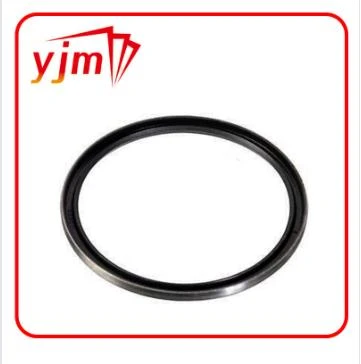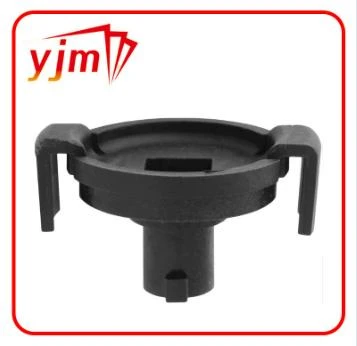automotive oil seals suppliers


Innovations in rotating seal technology continually push boundaries. Recent advancements have introduced seals with embedded sensors. These sensors monitor real-time performance data, highlighting factors like temperature changes, pressure variations, and anomalous vibrations, which can indicate impending failure. With such innovations, operators can undertake predictive maintenance, thus avoiding costly unscheduled downtimes and extending machinery life. Despite these technological advancements, one cannot overlook the significance of ensuring compliance with safety standards and regulations. The seal industry adheres to international standards such as those from the American Society of Mechanical Engineers (ASME) or the International Organization for Standardization (ISO). These standards guarantee that seals are manufactured and tested to meet rigorous safety and operational benchmarks, lending credibility and trust to manufacturers and users alike. The market also shows a trend towards customizable solutions for specific operational requirements. This allows for the custom adaptation of seals to unique situations, ensuring optimal performance and longevity. For this, the collaboration between end-users, mechanical engineers, and seal manufacturers becomes crucial. Sharing operational insights and specific needs facilitates the development of tailored seals that meet niche demands. Educational resources, webinars, and workshops offered by industry leaders and organizations further bolster the knowledge pool surrounding rotating seals. Mechanical engineers, maintenance personnel, and industry decision-makers benefit from continuous learning, staying abreast of the latest technologies and best practices evolving in the field. The importance of rotating seals spans across multiple dimensions in industry, transcending mere functionality to include economic and environmental impacts. Investing in quality seals and their proper management ultimately results in significant cost savings, improved safety, and enhanced operational efficiency. In markets that demand high performance and reliability, the judicious selection and maintenance of rotating seals stands as a testament to our ability to blend engineering excellence with practical application, driving industry forward.
-
Understanding the Front Main Engine Seal: Purpose, Maintenance, and Installation
News Jul.29,2025
-
Understanding O-Rings and Seal Rings: Types, Applications, and Custom Solutions
News Jul.29,2025
-
Understanding Crankshaft Oil Seals: Rear Seals, Pulley Seals, and Their Role in Engine Integrity
News Jul.29,2025
-
The Importance of Front and Rear Crankshaft Seals in Engine Performance and Oil Management
News Jul.29,2025
-
Crank Oil Seals: Functions, Types, and Cost Considerations in Engine Maintenance
News Jul.29,2025
-
A Comprehensive Guide to O-Rings and Seals: Types, Materials, and Global Applications
News Jul.29,2025
-
Mastering Diesel and Performance Engine Maintenance: A Guide to Critical Oil Gaskets
News Jul.28,2025
Products categories















